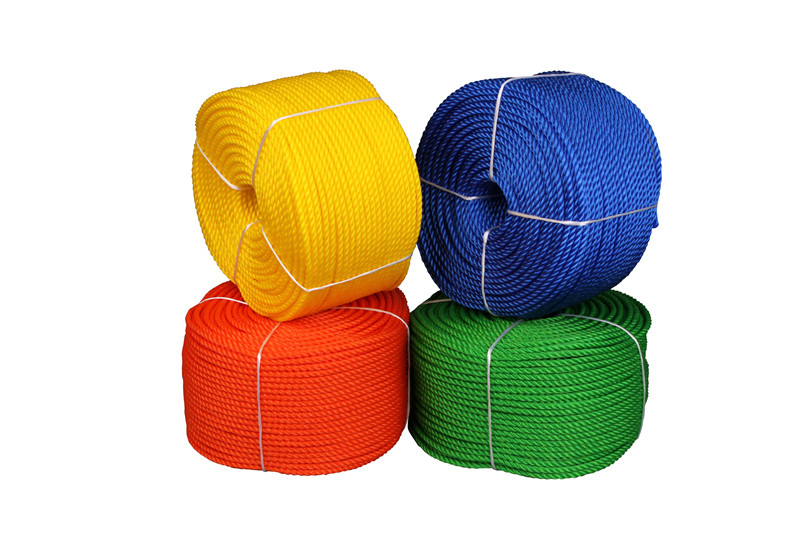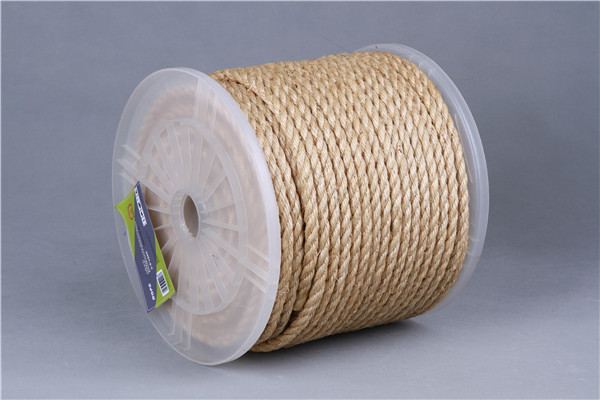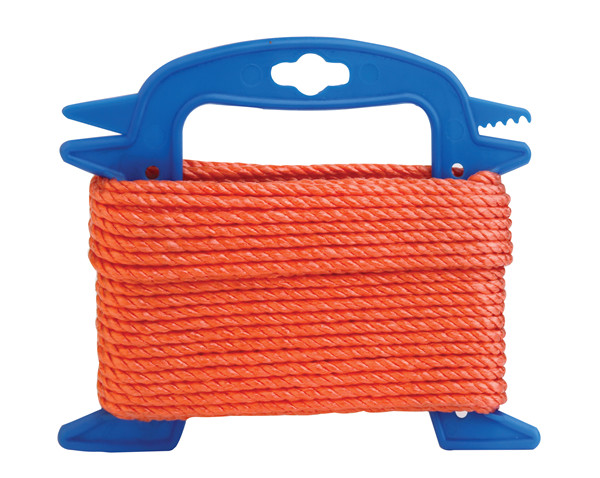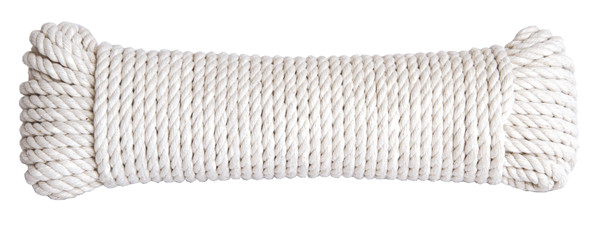Twist Rope
Product
Features
The twisted rope consists of three strands and is normally right-laid, or given a
right-handed twist,including
PP Rope, polyester rope, nylon rope, sisal rope and so on.
This rope has a balanced construction,
medium lay and moderate stretch. A tough twisted construction makes this rope strong, yet easy to splice and also prevents it from unwinding.
Material
Polyethylene,
Polypropylene,Polyester,Nylon,Sisal,Jute
Type
Twist
Structure
3 Strands
Diameter
1mm -- 80mm
Length
As request
Break Strength
10kg -- 75000kg
Color
As request
Package
Hank, Coil, Reel, Poly bag, Tube,
Spool....
MOQ
500 kg
Product
Applications
It is used widely
industry, business and construction and for residential use.
Widely used in
aviation, metallurgy machinery, railways, chemical industry, ports and other
fields.
Twist Rope,PP Split Film Twist Rope,PP Danline Twist Rope,Polydac Combination Twist Rope ROPENET GROUP CO.,LTD , https://www.cnparacord.com




The lack of LED lighting standards has been greatly improved
A few days ago, the 7th China-Japan-Korea Lighting Conference was successfully concluded. Liu Shiping, the full-time vice chairman of the China Lighting Society, one of the founders of the China-Japan-Korea Lighting Forum, shared his experience and sentiments with the participants. He hoped that the China-Japan-Korea Lighting Forum would It will become an important platform for international exchanges in the new era of lighting, and promote the integration and progress of the lighting industry in East Asia in the future. At the same time, Liu Shiping also put forward his own views on the current lack of standards for hot issues in the lighting industry and financial subsidies. He said: The current lack of standards in the semiconductor lighting industry has been greatly improved. China, Japan and Korea exchanges and cooperation in the field of lighting The China-Japan-Korea Lighting Forum is co-sponsored by the China Lighting Society, the Japan Lighting Society and the Korea Institute of Lighting and Electrical Equipment. Liu Shiping believes that the establishment of the China-Japan-Korea Lighting Forum is to strengthen the exchanges and cooperation between China, Japan and South Korea in the field of lighting, and to provide a platform for exchanges and learning for young scholars from three countries, not only to train young scholars' international communication skills. It also allows the lighting science and technology level of China, Japan and Korea to achieve the goal of complementing each other and making progress together while communicating. For the cooperation between the three countries, China and South Korea can use the platform of this forum. In Japan and South Korea, China can learn from its experience in research and production. Although China is a major producer of lighting products, China also has an advantage in large-scale, low-level, and repetitive work. However, in areas with high technological content, China does not have an advantage, especially in the upstream of the industry. In the Asian region, most of the upstream of the LED industry is monopolized by Japan and South Korea. For example, the arc tube materials of ceramic halogen lamps controlled by Japan in the past few years have greatly restricted the development of China's ceramic metal halide lamps. As far as product quality is concerned, Japan and South Korea's products are at the level of the world's first- and second-rate, but China's only in the second and third-rate, so the overall production level of China's lighting industry needs to be improved. The lack of semiconductor lighting standards has always been a criticism of the industry, and many people think it will affect the benign and sustainable development of the lighting industry. In this regard, Liu Shiping said that no matter what kind of light source is used, it has to meet the conventional lighting standards. Whether it is energy-saving lamps, metal halide lamps or LEDs, lighting standards have always existed. Nowadays, the basic lighting standards are actually there. LEDs are also lacking in semiconductor lighting standards. The special standards for LEDs are also in the process of formulation. The relevant standards for LED product performance requirements have also been released. In terms of scope, not only have national standards. There are also local standards, and some well-known companies will also launch relevant corporate standards. In addition, standards for replacing alternatives such as fluorescent lamps and alternative energy-saving lamps are now being developed. For example, the standards for street lamps and downlights are quite mature. Therefore, the current lack of standards in the semiconductor lighting industry has been greatly improved, but beware that some people use the standard as an excuse to bring products to the market. Financial subsidies: The national rules are strictly examined, and the national energy-saving lamp subsidies that SMEs have not started since 2008 will end before the end of this year. Liu Shiping gave his own views on future national subsidies for energy-saving lamps or lighting industry. China is a big country in the production of energy-saving lamps, and the production technology level of energy-saving lamps has matured. 80 energy-saving lamps in the world are produced in China. However, before 2008, there were not many applications of energy-saving lamps in China, but China did not become a major application country for energy-saving lamps. Therefore, the promotion of energy-saving lamps is very necessary. According to relevant information, from 2009 to the first half of this year, China has promoted 780 million energy-saving lamps through financial subsidies and eliminated 510 million incandescent lamps. Coupled with energy-saving lamps that are not included in the financial subsidies, the overall promotion will be even larger. Energy-saving lamps are about 80% more energy efficient than incandescent lamps; today's LED lamps are more energy efficient than energy-saving lamps. Under such a trend, the state's financial subsidies for energy-saving lamps will come to an end. As for the financial subsidy policy that will be introduced to the lighting industry afterwards, this depends on the needs of the country. Some enterprises have reflected that the national energy-saving lamp subsidies have not benefited SMEs or the application side of the industry downstream. Liu Shiping said that the state proposes financial subsidies for energy-saving lamps, and is looking for enterprises with large production volume, stable product performance and full product quality in line with national standards. Entering the market, and then guiding the market consumption, so that consumers can buy energy-saving lamps with guaranteed quality and moderate price, so as to achieve the purpose of promoting energy-saving lamps. Therefore, the premise of enjoying state financial subsidies is the need to pass a series of rigorous testing and spot checks. According to the assessments organized by the National Development and Reform Commission and the Ministry of Finance, there are fifty or sixty companies participating in the assessment each year, but the average financial subsidy is only fifteen or six, with a maximum of twenty. To get the national energy-saving subsidy, first of all, the hardware of the enterprise must meet the standards, such as: having a national-level laboratory, the company has high qualifications, the product has passed the certification, and the number of invention patents. For the test of the mercury content of energy-saving lamps, the products need to be tested to know the mercury content. To conduct this test, large companies have the ability to set up a rigorous laboratory. Second, it depends on whether the product quality and price match the market. Only companies with large production volumes have a greater possibility of lowering product prices, while companies with smaller production volumes are much more difficult. At the same time, the degree of modernization of large enterprises is obviously higher, the human factors of product production are less, and the quality of products can be guaranteed to the greatest extent. After the hard conditions are passed, the jury will assess the software conditions of the enterprise. Large enterprises will set up special departments to follow up, know what kind of tests to be done in the early stage, what reports need to be submitted, etc., so there will be no cases where the country has started bidding, and even basic test reports are not available. But in fact, many companies can't achieve this during the review phase. Therefore, large enterprises will have an advantage in obtaining state financial subsidies. Therefore, in order to enjoy the state financial subsidies, it must be done in accordance with the rules set by the state. Only when you are prepared, can you apply for success, in order to be invincible.